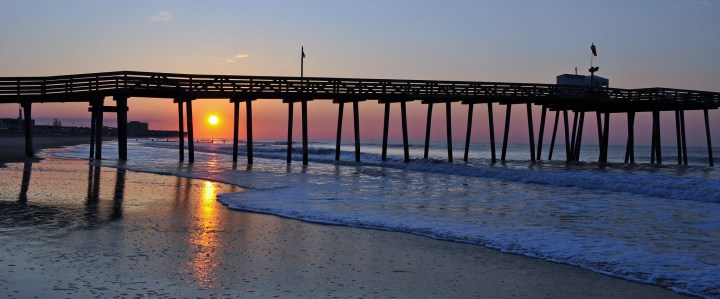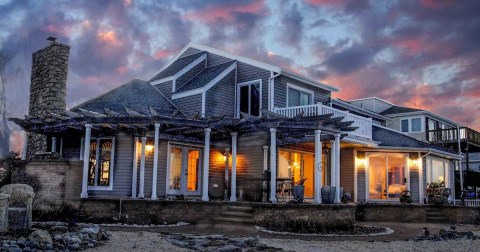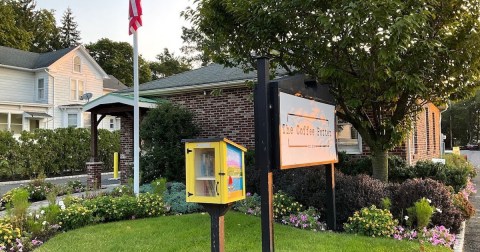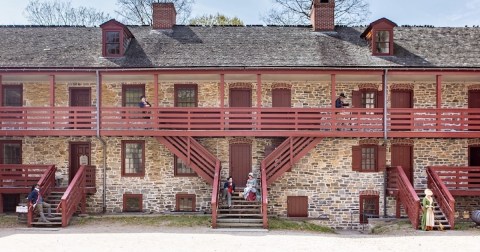The Toxic Blue-Green Algae Responsible For Killing Dogs Around The U.S. Has Been Found In New Jersey
Earlier this summer, I reported on the closure of Lake Hopatcong (to swimmers) due to a blue-green algae called Cyanobacteria. Tragically, this is the same algae that’s responsible for the death of dogs in three different states. While we’re glad to share that the blooms at Lake Hopatcong have dwindled, and beaches have reopened, that doesn’t mean New Jersey is in the clear. Several other lakes and (drinking water) reservoirs have been closed or put on advisory.




Lakes currently NOT on advisory and safe for swimming include: Lake Marcia at High Point State Park in Sussex, Sunrise Lake Beach at Lewis Morris Park in Morristown, Round Valley Reservoir at Round Valley Recreation Area in Lebanon, Hooks Creek Lake at Cheesequake State Park in Old Bridge, Lake Absegami at Bass River State Forest in Tuckerton, and Atsion Lake at Wharton State Forest in Hammonton. You can also head to the Jersey Shore, as Cyanobacteria favors freshwater. There are 214 water monitoring stations along our coast, between Highlands and Cape May - all are reporting exceptional water quality at press time.
For a quick (but important ) update on drinking water, check out the news report below:
If you’re aware of any recent advisories or updates, share with us in the comments. As a side note worth mentioning, New Jersey’s “safe” standard for Cyanobacteria is less than 20,000 parts per million, as mentioned earlier. Nearby states deem anything less than 70,000 parts per million “safe.” Does that mean our beaches are being closed for no good reason? Not necessarily. While some of New Jersey’s lakes have reported Cyanobacteria levels between 20,000-70,000 PPM, others have reached nearly 200,000 parts per million – this level wouldn’t be considered safe in any state. Use your best judgement, and check out some of our best shore beaches by clicking here.
OnlyInYourState may earn compensation through affiliate links in this article. As an Amazon Associate, we earn from qualifying purchases.




